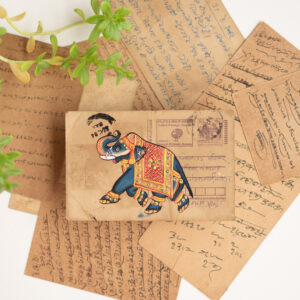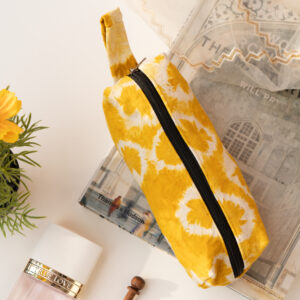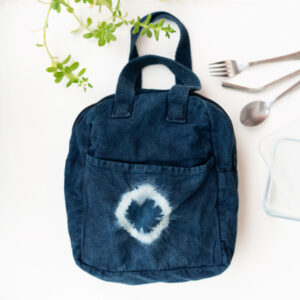Natural fabric dyeing is a time-honoured tradition that has been practiced for centuries, especially in regions like India. Today, as the world shifts towards more sustainable living, natural dyes are being embraced for their eco-friendly properties and vibrant, one-of-a-kind colours. Unlike synthetic dyes, which often rely on harmful chemicals, natural dyes are derived from plant materials, minerals, and insects, offering a beautiful, sustainable alternative. These dyes not only support environmental sustainability but also bolster artisan livelihoods, making them a perfect choice for sustainable gifting.
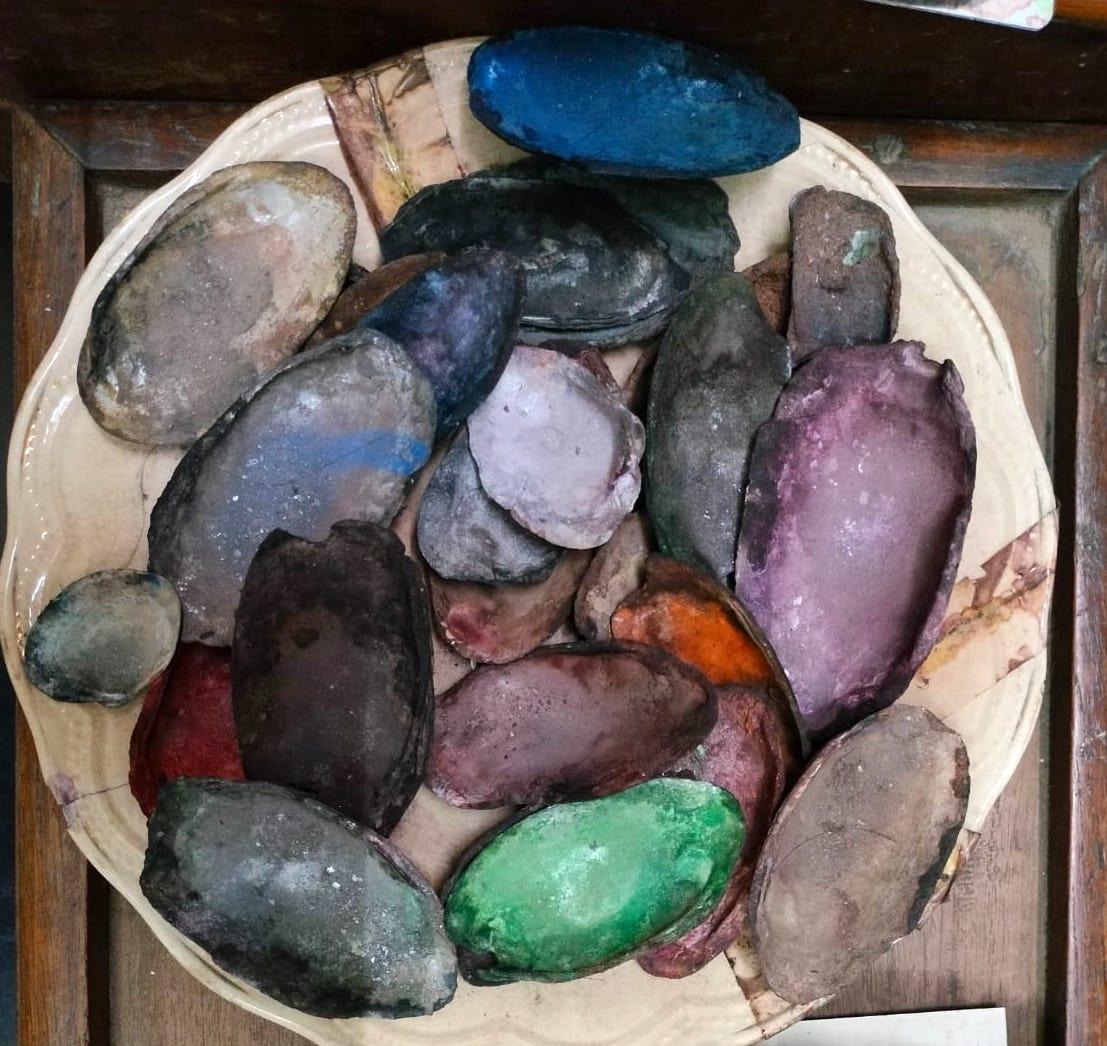
Materials Used for Natural Fabric Dyeing
The process of dyeing fabric with natural colours involves extracting pigments from various materials found in nature. These materials include plants, roots, flowers, seeds, and even insects. Here are some of the most commonly used materials for natural fabric dyeing:
Indigo
Indigo is one of the oldest and most well-known natural dyes. Derived from the leaves of the indigofera plant, this dye produces shades of blue. Its deep and rich color has made it a staple in textile industries across the world, especially in India. Indigo dyeing is often associated with the traditional art of shibori and bandhani in India, where the fabric is intricately tied and folded before being dipped in indigo to create unique patterns. Club Artizen’s lunch bag, made by a livelihood centre for women with intellectual disabilities, is made using the tie and dye technique and indigo!
Pomegranate
Pomegranate skins are used to create beautiful, earthy tones ranging from soft browns to rich reds. This fruit is abundant in many parts of India, making it a popular choice for natural dyeing. Pomegranate dyes are also known for their durability, providing lasting color without the need for chemical fixatives.
Turmeric
Known for its vibrant yellow hue, turmeric is one of the easiest plant-based dyes to work with. The root of the turmeric plant contains curcumin, a compound that produces bright yellow and golden shades. This dye is not only eco-friendly but also has antimicrobial properties, making it a sustainable and functional choice for fabric dyeing.
Hibiscus
Hibiscus flowers produce a stunning range of colors, from soft pinks to deep reds, depending on how the dye is extracted. These flowers are particularly common in tropical regions and have been used by artisans for centuries to dye textiles. Hibiscus is a sustainable choice for vibrant, floral-inspired designs.
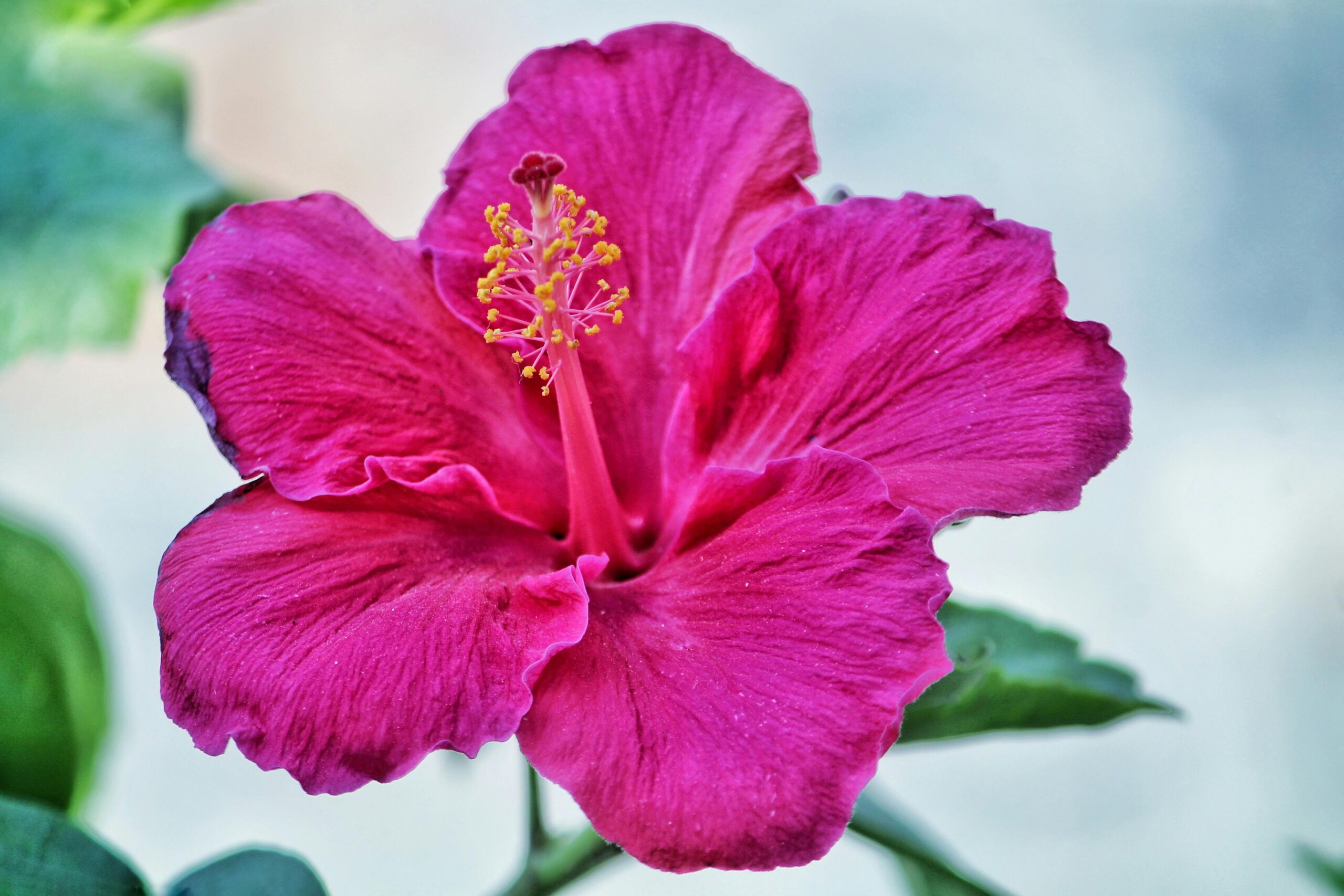
Madder Root
Madder root is one of the oldest plant dyes known, producing shades of red, pink, and orange. The root of the madder plant contains alizarin, a compound responsible for the dye’s vibrant color. Madder root is still widely used in Indian textile traditions, often seen in handwoven fabrics and artisan-made products.
Club Artizen works with livelihood projects that work to push the envelope on sustainability. This means that several products work on making their entire product line more organic and sustainable.


